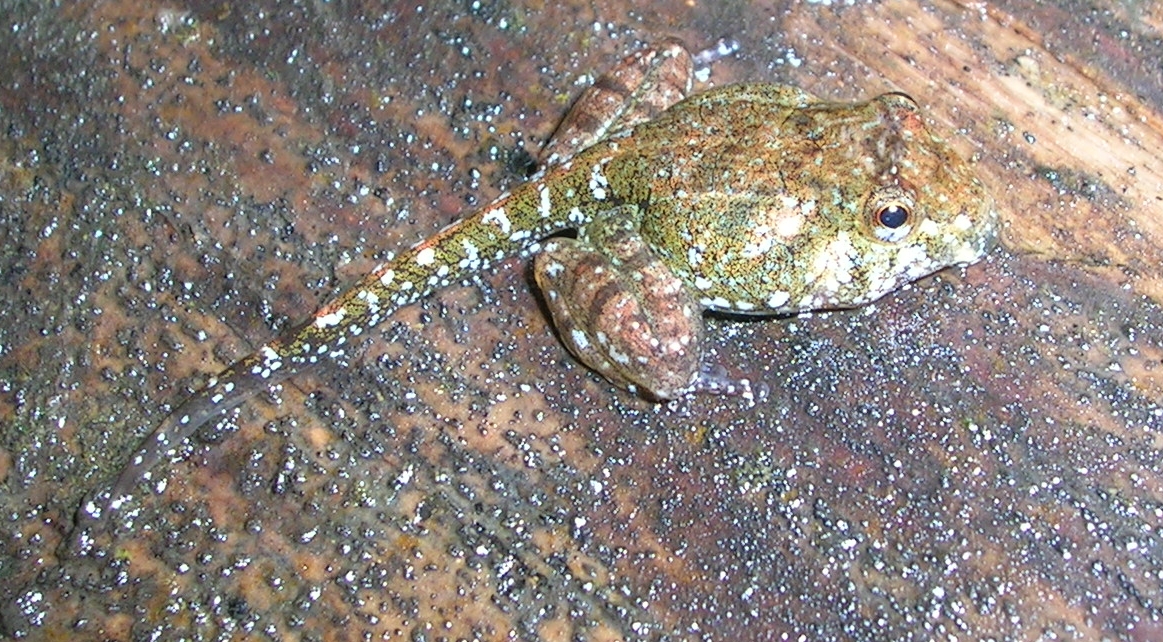|
Indirana Tysoni
''Indirana tysoni'', also known by its common name Tyson's leaping frog, is a species from the genus ''Indirana ''Indirana'' is a genus of frogs in the family Ranixalidae. These frogs are endemic to the Western Ghats of India. They are sometimes known under the common name Indian frogs, whereas members of their parent family are named "leaping frogs" ...''. The species was originally described in 2016 by Neelesh Dahanukar, Nikhil Modak, Keerthi Krutha, P. O. Nameer, Anand D. Padhye, and Sanjay Molur. Range ''Indirana tysoni'' has been observed in Kerala, India. Etymology The frog is named after Neil deGrasse Tyson to acknowledge his role in popularising and communicating science to the general public. References External links tysoni Taxa named by Neelesh Dahanukar Amphibians described in 2016 {{ranoidea-stub ... [...More Info...] [...Related Items...] OR: [Wikipedia] [Google] [Baidu] |
Species
In biology, a species is the basic unit of classification and a taxonomic rank of an organism, as well as a unit of biodiversity. A species is often defined as the largest group of organisms in which any two individuals of the appropriate sexes or mating types can produce fertile offspring, typically by sexual reproduction. Other ways of defining species include their karyotype, DNA sequence, morphology, behaviour or ecological niche. In addition, paleontologists use the concept of the chronospecies since fossil reproduction cannot be examined. The most recent rigorous estimate for the total number of species of eukaryotes is between 8 and 8.7 million. However, only about 14% of these had been described by 2011. All species (except viruses) are given a two-part name, a "binomial". The first part of a binomial is the genus to which the species belongs. The second part is called the specific name or the specific epithet (in botanical nomenclature, also sometimes i ... [...More Info...] [...Related Items...] OR: [Wikipedia] [Google] [Baidu] |
Genus
Genus ( plural genera ) is a taxonomic rank used in the biological classification of extant taxon, living and fossil organisms as well as Virus classification#ICTV classification, viruses. In the hierarchy of biological classification, genus comes above species and below family (taxonomy), family. In binomial nomenclature, the genus name forms the first part of the binomial species name for each species within the genus. :E.g. ''Panthera leo'' (lion) and ''Panthera onca'' (jaguar) are two species within the genus ''Panthera''. ''Panthera'' is a genus within the family Felidae. The composition of a genus is determined by taxonomy (biology), taxonomists. The standards for genus classification are not strictly codified, so different authorities often produce different classifications for genera. There are some general practices used, however, including the idea that a newly defined genus should fulfill these three criteria to be descriptively useful: # monophyly – all descendants ... [...More Info...] [...Related Items...] OR: [Wikipedia] [Google] [Baidu] |
Indirana
''Indirana'' is a genus of frogs in the family Ranixalidae. These frogs are endemic to the Western Ghats of India. They are sometimes known under the common name Indian frogs, whereas members of their parent family are named "leaping frogs". ''Indirana'' represent an ancient radiation of frogs that diverged from all other frogs almost 50 million years ago. This has credited '' Indirana gundia'' as a status of one of the "Top 100 Evolutionarily Distinct and Globally Endangered Amphibians". Description ''Indirana'' species are small and slender-bodied frogs. They are typically found in leaf litter or near streams. The tadpoles have hind limbs and finless tails, and are able to leap away to escape threats. Taxonomy Traditional classifications place the genus within the subfamily Ranixalinae of the family Ranidae, along with the genera ''Nannophrys'' and ''Nyctibatrachus''. The Ranixalinae have also been placed under the family Nyctibatrachidae. Darrel R. Frost ''et al.'' ... [...More Info...] [...Related Items...] OR: [Wikipedia] [Google] [Baidu] |
Kerala
Kerala ( ; ) is a state on the Malabar Coast of India. It was formed on 1 November 1956, following the passage of the States Reorganisation Act, by combining Malayalam-speaking regions of the erstwhile regions of Cochin, Malabar, South Canara, and Thiruvithamkoor. Spread over , Kerala is the 21st largest Indian state by area. It is bordered by Karnataka to the north and northeast, Tamil Nadu to the east and south, and the Lakshadweep Sea to the west. With 33 million inhabitants as per the 2011 census, Kerala is the 13th-largest Indian state by population. It is divided into 14 districts with the capital being Thiruvananthapuram. Malayalam is the most widely spoken language and is also the official language of the state. The Chera dynasty was the first prominent kingdom based in Kerala. The Ay kingdom in the deep south and the Ezhimala kingdom in the north formed the other kingdoms in the early years of the Common Era (CE). The region had been a prominent spic ... [...More Info...] [...Related Items...] OR: [Wikipedia] [Google] [Baidu] |
Neil DeGrasse Tyson
Neil deGrasse Tyson ( or ; born October 5, 1958) is an American astrophysicist, author, and science communicator. Tyson studied at Harvard University, the University of Texas at Austin, and Columbia University. From 1991 to 1994, he was a postdoctoral research associate at Princeton University. In 1994, he joined the Hayden Planetarium as a staff scientist and the Princeton faculty as a visiting research scientist and lecturer. In 1996, he became director of the planetarium and oversaw its $210 million reconstruction project, which was completed in 2000. Since 1996, he has been the director of the Hayden Planetarium at the Rose Center for Earth and Space in New York City. The center is part of the American Museum of Natural History, where Tyson founded the Department of Astrophysics in 1997 and has been a research associate in the department since 2003. From 1995 to 2005, Tyson wrote monthly essays in the "Universe" column for '' Natural History'' magazine, some of which were ... [...More Info...] [...Related Items...] OR: [Wikipedia] [Google] [Baidu] |
Taxa Named By Neelesh Dahanukar
In biology, a taxon (back-formation from ''taxonomy''; plural taxa) is a group of one or more populations of an organism or organisms seen by taxonomists to form a unit. Although neither is required, a taxon is usually known by a particular name and given a particular ranking, especially if and when it is accepted or becomes established. It is very common, however, for taxonomists to remain at odds over what belongs to a taxon and the criteria used for inclusion. If a taxon is given a formal scientific name, its use is then governed by one of the nomenclature codes specifying which scientific name is correct for a particular grouping. Initial attempts at classifying and ordering organisms (plants and animals) were set forth in Carl Linnaeus's system in ''Systema Naturae'', 10th edition (1758), as well as an unpublished work by Bernard and Antoine Laurent de Jussieu. The idea of a unit-based system of biological classification was first made widely available in 1805 in the intro ... [...More Info...] [...Related Items...] OR: [Wikipedia] [Google] [Baidu] |




